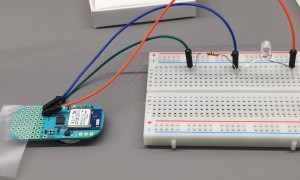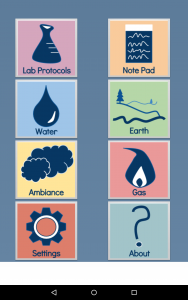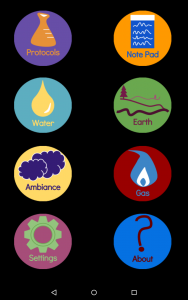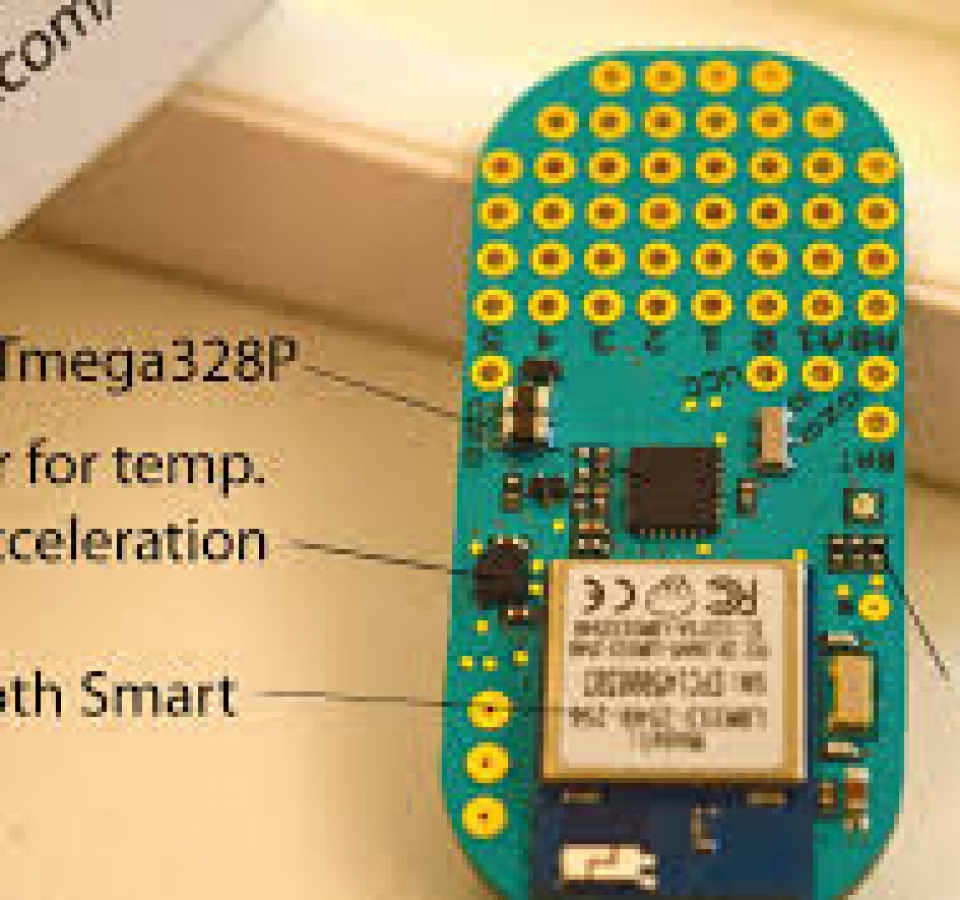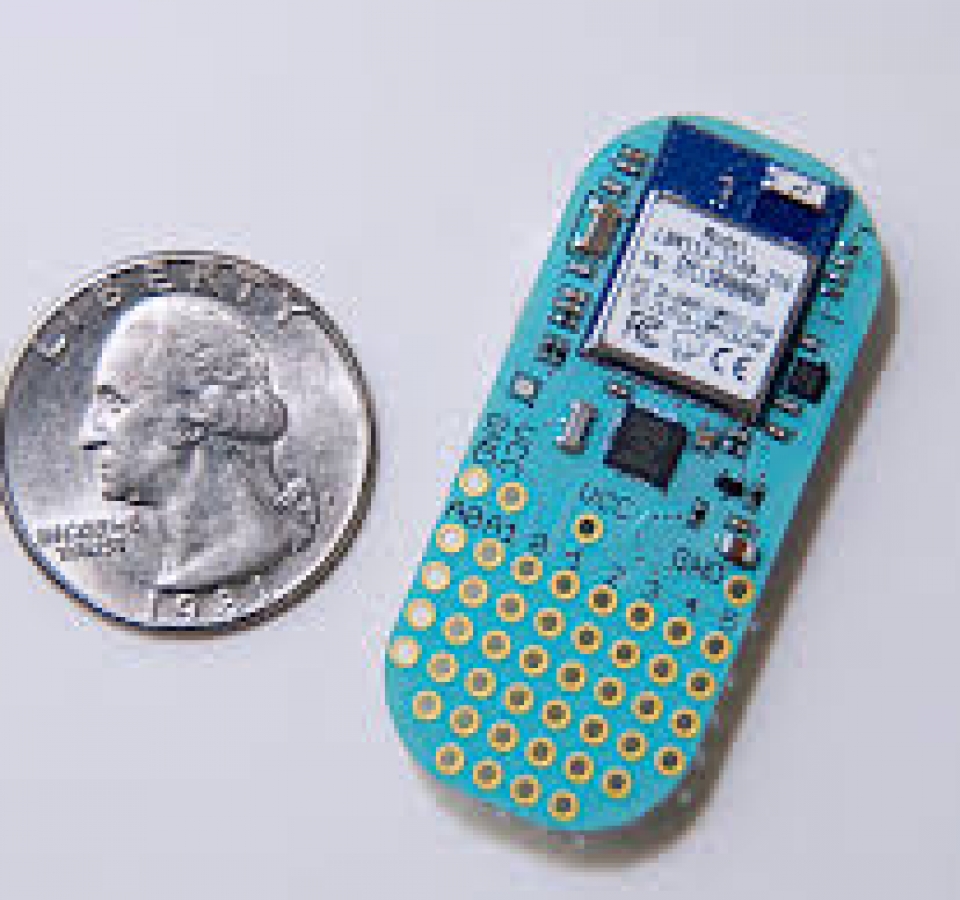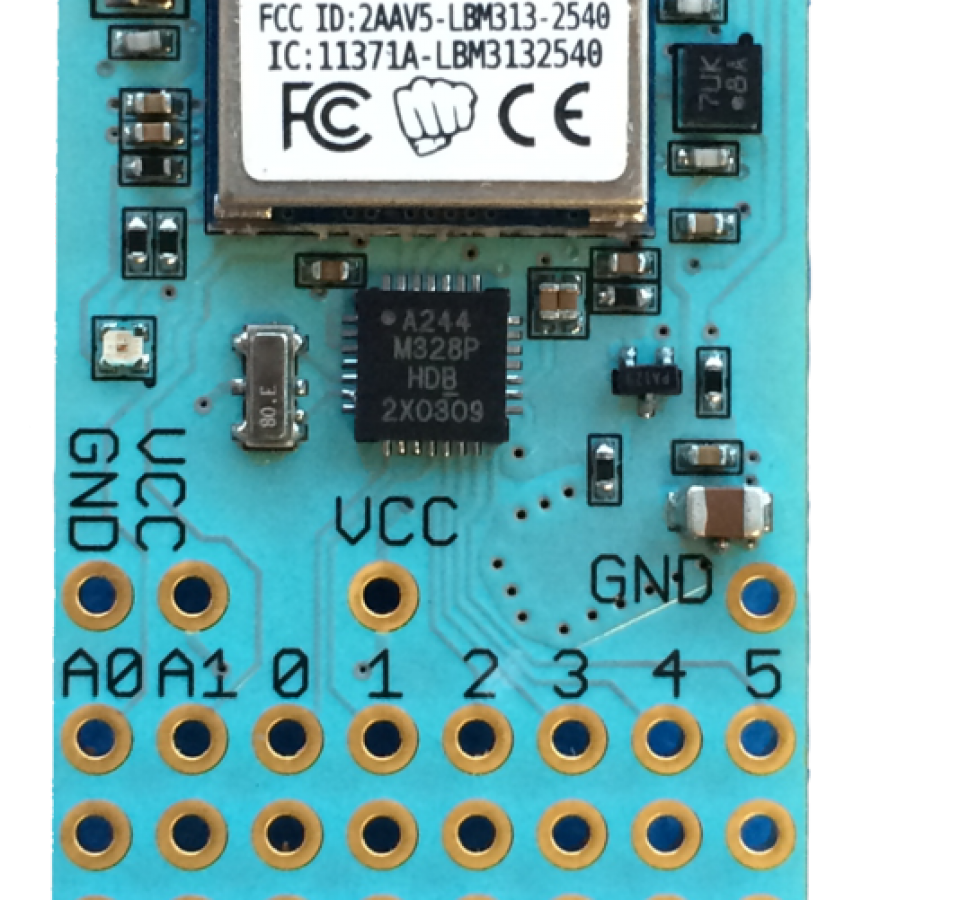Unfortunately, I haven’t been able to do much work on the Field Day Android Application. In order for work to be done on that, Gitlab has to be working. Gitlab is where all of the repositories of our code live. And at the beginning of last week, Gitlab was broken.
Gitlab broke due to an accidental upgrade. It was upgraded on hopper from 7.14 -> 8.01 which is a massive upgrade. In versions > 8, there are 2 proxy servers — one the serves git requests (merge, commit, etc.) and one that does authentication. So, that broke Gitlab because there were additional configuration files to create and edit after that upgrade. So, I attempted to downgrade to the version we were using before (7.14) with yum. That was a bad idea. The downgrade with yum isn’t bulletproof and messed up some config files in the process.
Sigh, I upgraded back to 8.01 and tried to find the error. Apache, proxies, and web sockets. Gitlab uses proxies and web sockets, something that Apache (the web server running on hopper) isn’t particularly great at right now. Gitlab really wants to use another web server called Nginx (really, really wants to use Nginx). It even comes bundled with an Nginx install. I tried and failed many times to configure Apache to work with Gitlab and sockets and proxies, but it didn’t work. I couldn’t change the web server on hopper because there are other things relying on it.
I decided that Hopper is probably not the best place to put Gitlab. Alas, I moved it to Dali. Dali has a lot of space and is not running any web servers.Everything on the user side is the same, it just lives on a different machine now.
Fortunately, Gitlab comes packed with a way to create a backup of everything and restore from a backup. I created a backup of the current database, repositories, etc on hopper, installed Gitlab on Dali and restored from the backup I created. Poof. 8.01 is now running on Dali and can be accessible at gitlab.cluster.earlham.edu. I even went ahead and set up email notifications for push requests to repositories for the projects in field science and others that I’m working on.
Also, 8.01 is a whole lot better that 7.14 and much prettier!


